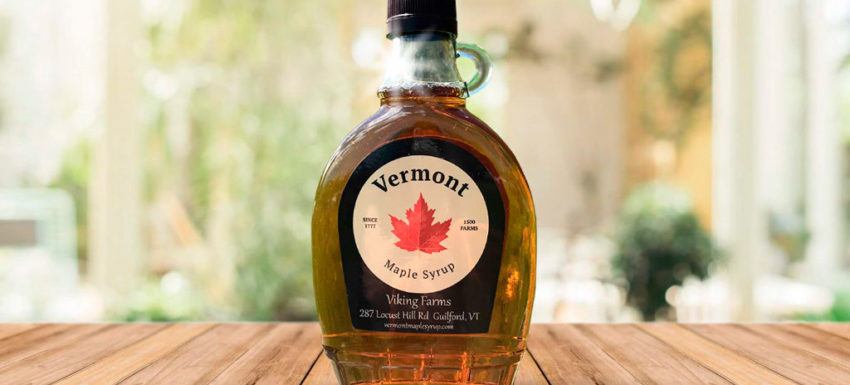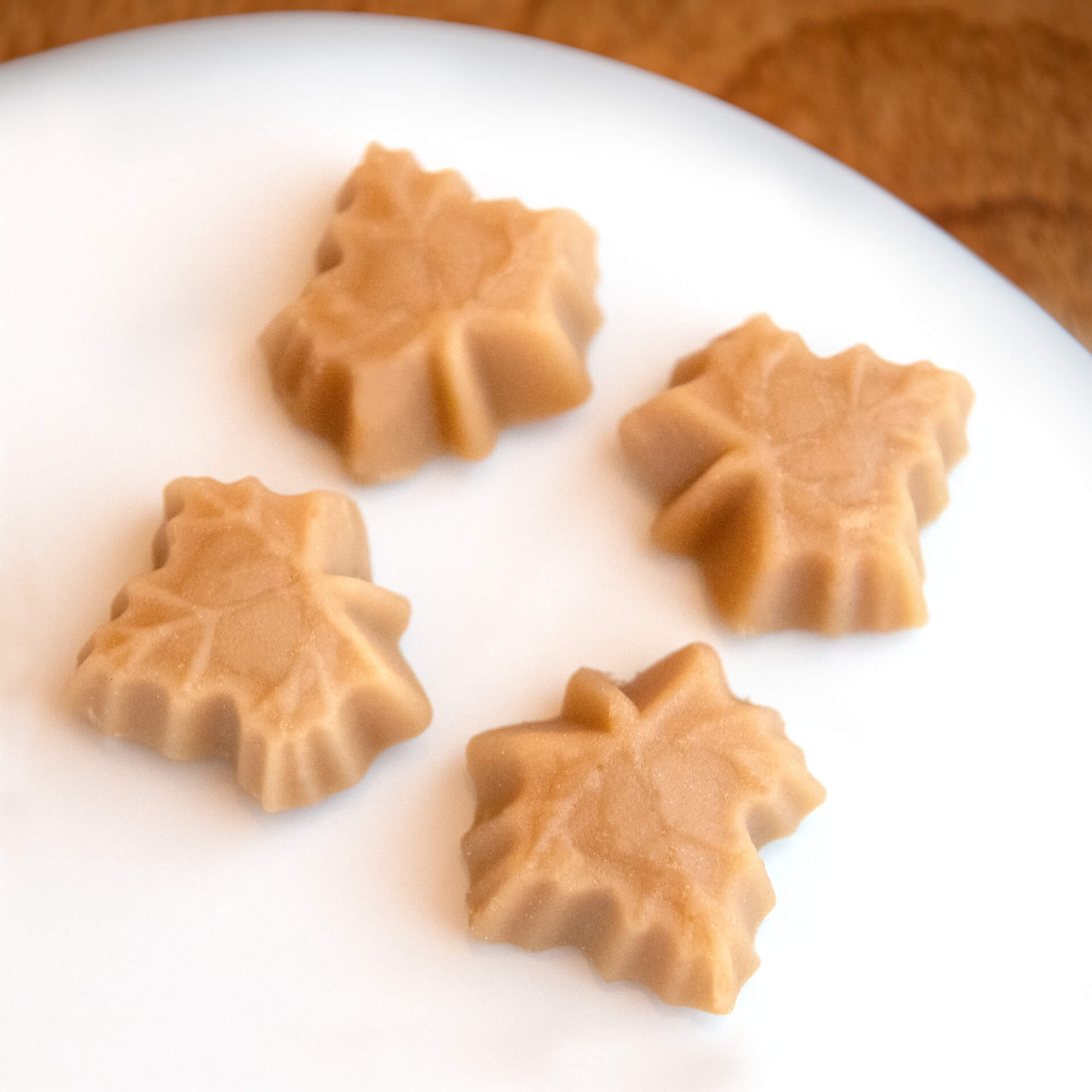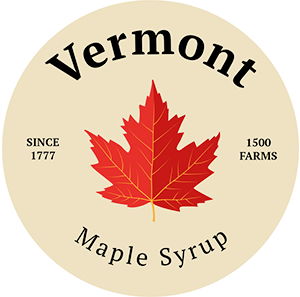
Last Updated on
Is maple syrup better than regular sugar?
It is a common fact that except sweetness and simple carbohydrates refined (or “table”) sugar can’t offer anything. Unlike cane (corn) sugar, maple syrup contains some important antioxidants and minerals such as manganese and zinc. But, if we try to compare sugar vs maple syrup, we still can find a few similarities. Both maple syrup and sugar contain about two-thirds sucrose, however, maple syrup supplies more nutrients and less “sugar” overall to your diet. When the syrup is used in appropriate amounts, nutrition benefits can include the ability to lower inflammation and stronger the body’s immune system.
Moreover, maple syrup helps to manage blood sugar better. The Glycemic Index scores maple syrup at 54, when in a regular cane sugar score of about 65. It means that maple syrup affects blood sugar levels a bit less drastically than refined sugar does.
It is known that maple syrup does contain more of some nutrients than table sugar. To make it clearer, there is 62 percent of your daily needs for riboflavin, about 9 percent of calcium, 8 percent of zinc, and 5 percent of potassium in ¼-cup of maple syrup. But with health benefits, this size serving of maple syrup has about 50 grams of sugars and 200 calories which is quite a lot, so use it wisely and drizzle it on lightly.
There is another product to compare maple syrup with – pancake syrup.
Different syrups for pancakes: What is the difference? Which one is to choose? Why is it better?
For many people, pancakes – are the best breakfast-solution. However, “Not by pancakes alone”! Oatmeal, waffles, yogurt, cottage cheese, cereals are the fine start of the day as well. Besides the dishes above are quick and filling first meal choice, there is another thing in common – they all go perfectly well with pure maple syrup.
Syrups, which make our life sweeter
There is a wide range of different syrups standing side by side on long shelves in shops and supermarkets around the corner. If this product is on your grocery list, then, probably, you have your favorite one, which you usually give your preference to.
Perhaps, among syrups, you get used to, are two widely consumed types – pancake syrup and maple syrup. Though these two are syrups, which add a splash of flavor to our everyday meals, they couldn’t be more different.
What is the difference?
Despite the previously stated question, it is easier to answer: “What is the similarity?”. And the answer is – only the color. In any other way, they are not the same. But let’s go through this matter one more time from the very beginning.
- Ingredients. To start with, maple syrup is a mono-product, which consists of maple tree sap only. During the boiling down process, maple sugars concentrating and caramelising, resulting in distinctive characteristics of pure maple syrup flavour. Unlike natural maple syrup, pancake syrup is usually made from HFCS (high fructose corn syrup) with preservatives, colouring, and flavouring adding to make it similar to maple syrup.
- Taste. Both syrups are sweet for sure. But if to look deeper, the one, who has ever tried real maple syrup, would easily distinguish it from pancake syrup. We all have unique taste perception, but if we try to describe maple syrup taste, we would use such words as complex, deep, multilayered, woody and fruity at the same time. On the other hand, pancake syrup, which also has a lot of admirers among eaters, obtained its flavour characteristics due to the additional ingredients and that is why some people notice an artificial aftertaste.
- Nutritious value. Of course, both kinds of syrup are the sugary treat and we can’t determine them as healthy food. Nevertheless, maple syrup is much better to complement your favorite dishes. To make our point, according to studies, maple syrup provides our body with important antioxidants, vitamins, and minerals, which help the immune system and improve skin condition. Pancake syrup, unfortunately, has none of it.
- Cost. Pancake syrup is much cheaper than the original maple syrup is. We know, we did not reinvent the wheel by saying this. However, there are several good reasons to estimate such a price.
Maple syrup manufacturing is a highly time and effort consuming process. To produce just a quart of pure maple syrup, the producer starts with tapping trees in winter, continues with collecting the sap and finishes with reducing the product from more than 10 gallons of sap to the initial quart. That is why the tough vendors’ work results in higher costs.
Another thing about maple syrup – it is more intense and much thicker than pancake syrup. It allows us to use less of it in our food and enjoy it longer!
The quality of our everyday food results in our life quality. It is always up to the person what final choice to make. The most important thing to be informed about product characteristics we add to our meals.
Certainly, due to a high sugar rate, maple syrup is not completely healthy. Whether it’s an ingredient in a packaged food or poured on pancakes or oatmeal, this syrup counts toward your daily added sugars intake. So, to make it reasonable, set limits with no more than 10 percent of your daily calories.
Remember, although maple syrup is loaded with antioxidants, it is still a source of sugar that contains calories so it should be used in moderation.
Maple Syrup Facts
1 tablespoon of maple syrup contains about:
0.7 milligrams manganese (33 percent Recommended Daily Value, or DV)
0.8 milligrams zinc (6 percent DV)
13.4 milligrams calcium (1 percent DV)
40.8 milligrams potassium (1 percent DV)
0.2 milligrams iron (1 percent DV)
2.8 milligrams magnesium (1 percent DV)
Remember, although maple syrup is loaded with antioxidants, it is still a source of sugar that contains calories so it should be used in moderation.



